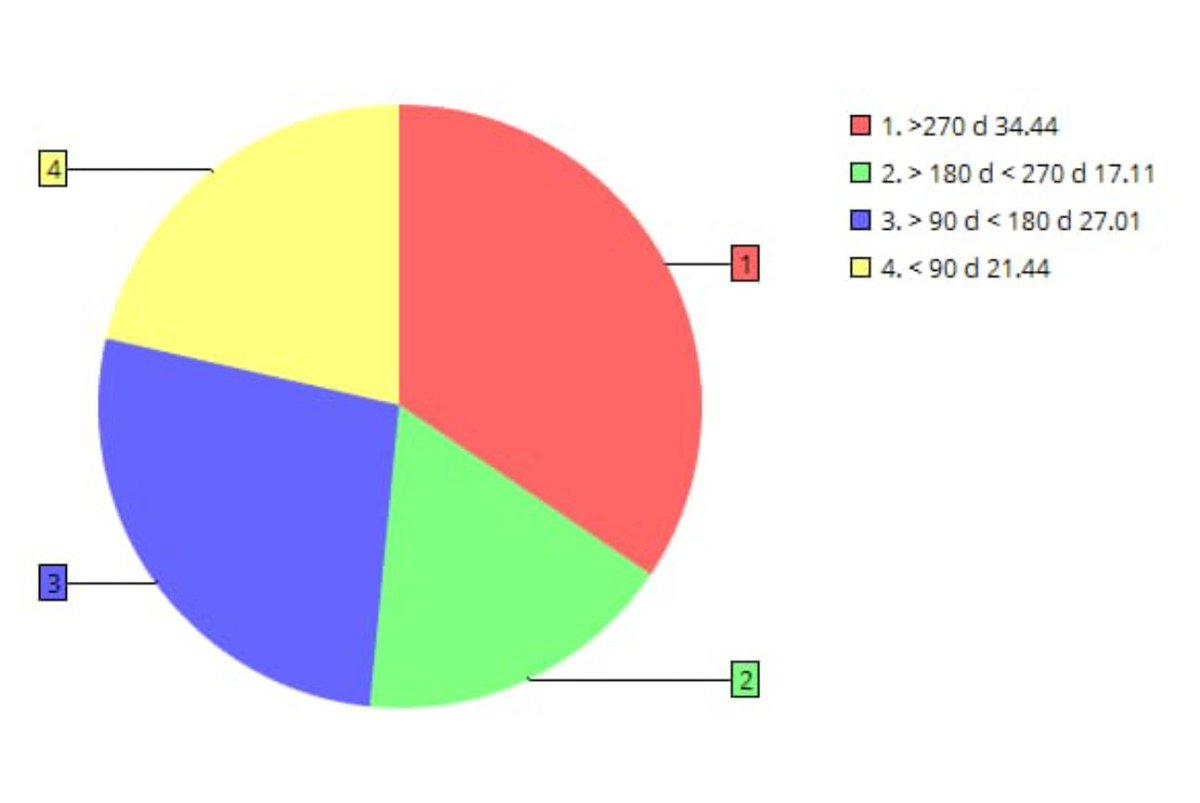Alright! Here I am, making my debut on Twitter. To mark the occasion, I am handing out the "Lemon of the Year" Award to one of the worst performing Debt Mutual Funds.
A clear winner in this category, by a mile, is BoI AXA Credit Risk Fund. Thread (1/9)
A clear winner in this category, by a mile, is BoI AXA Credit Risk Fund. Thread (1/9)
The fund has achieved a rare feat of burning almost 90% of its AUM within a span of last 11 months i.e. the AUM contracted from ~1700 Cr in Aug 2018 to ~200 Cr in Jul 2019.
The one year return is a whopping minus 48%. 2/9
The one year return is a whopping minus 48%. 2/9
The Fund Managers successfully caught all the lemons that fate threw at them viz DHFL, IL&FS, Kwality, Sintex, Cox & Kings, Coffee Day etc. 3/9
It is a living example of a debt trap. The exit loads are 4%, 3% and 2% if an investors attempts to exit the fund in the first, second and third year respectively. 4/9
That is, if an investors decides to exit after earning a -48% return (i.e. after losing half of the invested amount) in the 1st yr of investment, he/ she is made to pay another 4% for pushing the SoS button too soon. 5/9
It is rumoured that a famous international PE fund (that also operates a high-yield debt NBFC in India) was the fund, philosopher and guide (probably an originator too) of this Fund. 6/9
The Fund was rated 5 star (now 2 star) by a leading MF research firm and a leading finance daily, in Oct 2018, called it as one of the best Credit Risk Funds to invest in. 7/9
The finance daily had also advised the investors that they should stay invested even if there are 1 or 2 defaults in the funds recommended. Huh. 8/9
The fund, in July 2019, stopped taking fresh subscriptions, probably on account of the setbacks it faced. A lot of investors still remain trapped in this ill managed fund hoping to recover their hard earned money. 9/9
@_soniashenoy @AbhinandanSekhr @ActusDei @deepakshenoy @TheMFGuy1 @latha_venkatesh @menakadoshi @dugalira @kayezad @invest_mutual @dmuthuk @SalariedTaxpay1 @
@NagpalManoj @andymukherjee70 @akashbanerjee @ShekharGupta @sagarikaghose @sardesairajdeep @sandipsabharwal @BDUTT
@_soniashenoy @andymukherjee70 @invest_mutual @BMTheEquityDesk @dmuthuk @rohitchauhan @contrarianEPS @shyamsek @chokhani_manish @pvsubramanyam @BalakrishnanR @Sanjay__Bakshi @TamalBandyo @CafeEconomics @menakadoshi @latha_venkatesh @AmolPlanRupee
@deepakshenoy @dugalira @Iamsamirarora @SunilBSinghania @mrinagarwal @IamMisterBond @NagpalManoj @SalariedTaxpay1 @YashwantSinha @ayushmitt
@threadreaderapp unroll
• • •
Missing some Tweet in this thread? You can try to
force a refresh









